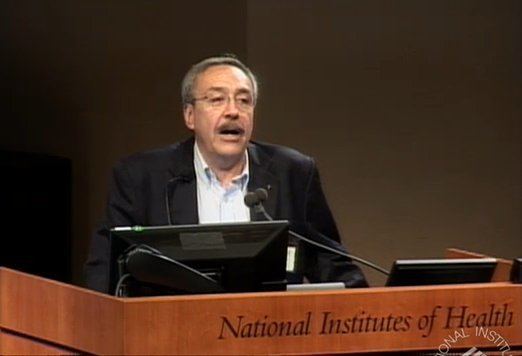This is a list of persons known for their research in biophysics.
(Text) CC BY-SA

